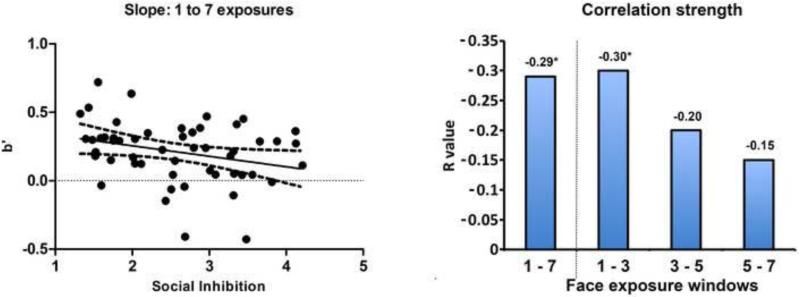Figure 1. Rate of improvement in face recognition memory correlates with social inhibition.
The left panel shows the results of the main analysis. Higher social inhibition scores were correlated with smaller b′ slope values across the experiment (change from 1 to 7 exposures, p=0.04), indicating that higher social inhibition was associated with smaller improvement in recognition memory for faces seen seven times compared to faces seen once. The right panel shows the results of 1–7 face exposures exploratory post hoc analyses. Significant correlations are denoted with an asterisk (*). Post-hoc analyses showed a moderate association between higher social inhibition and smaller memory improvements during early face exposures (change from 1 to 3 exposures , p=0.03 uncorrected) and modest, nonsignificant (p>0.05) correlations across later exposure windows; however, the strength of correlations across adjacent windows were not significantly different, suggesting a similar overall impairment across discreet repetition windows.

